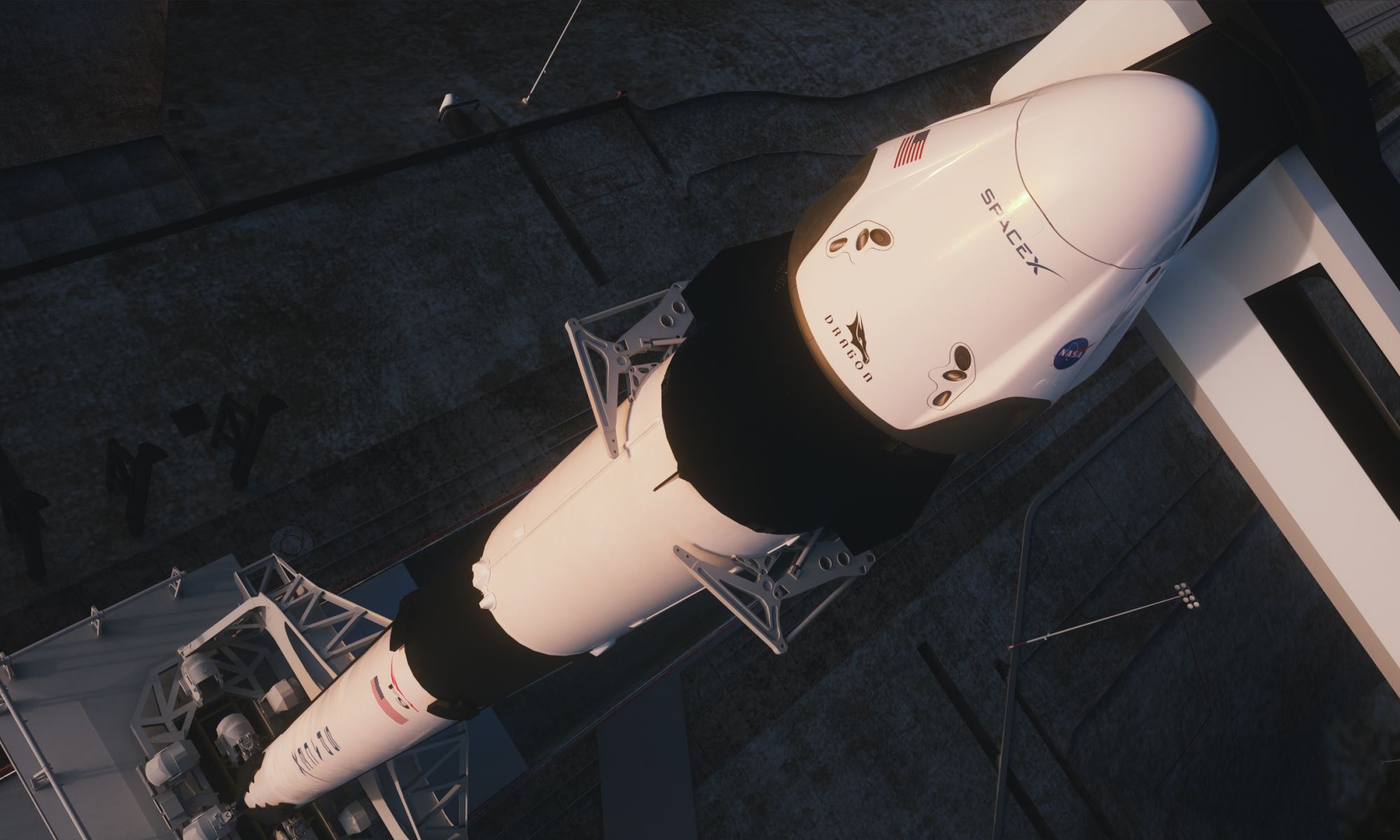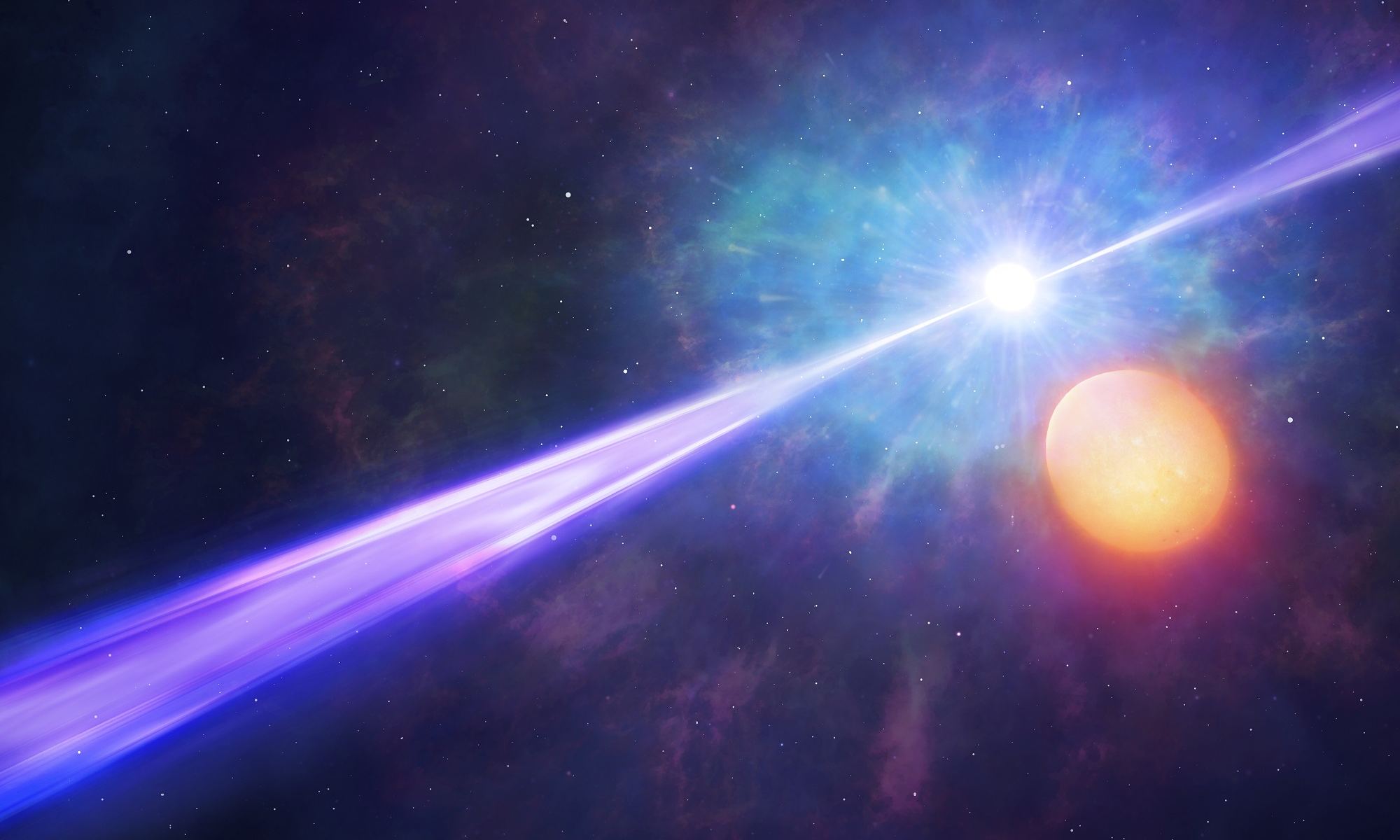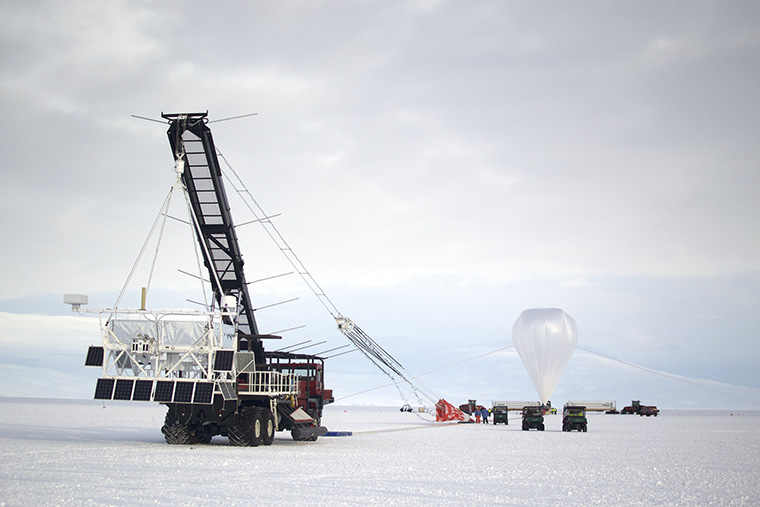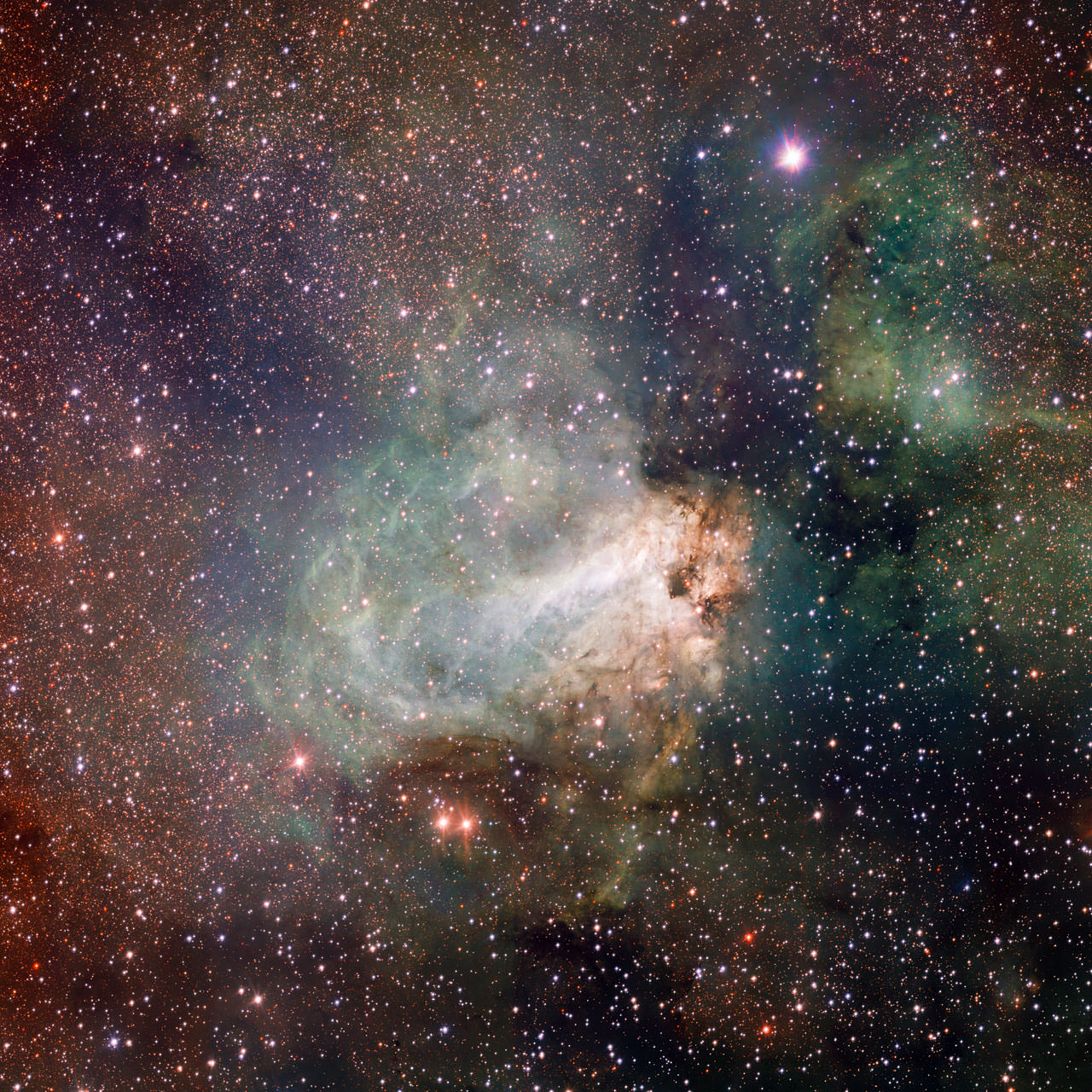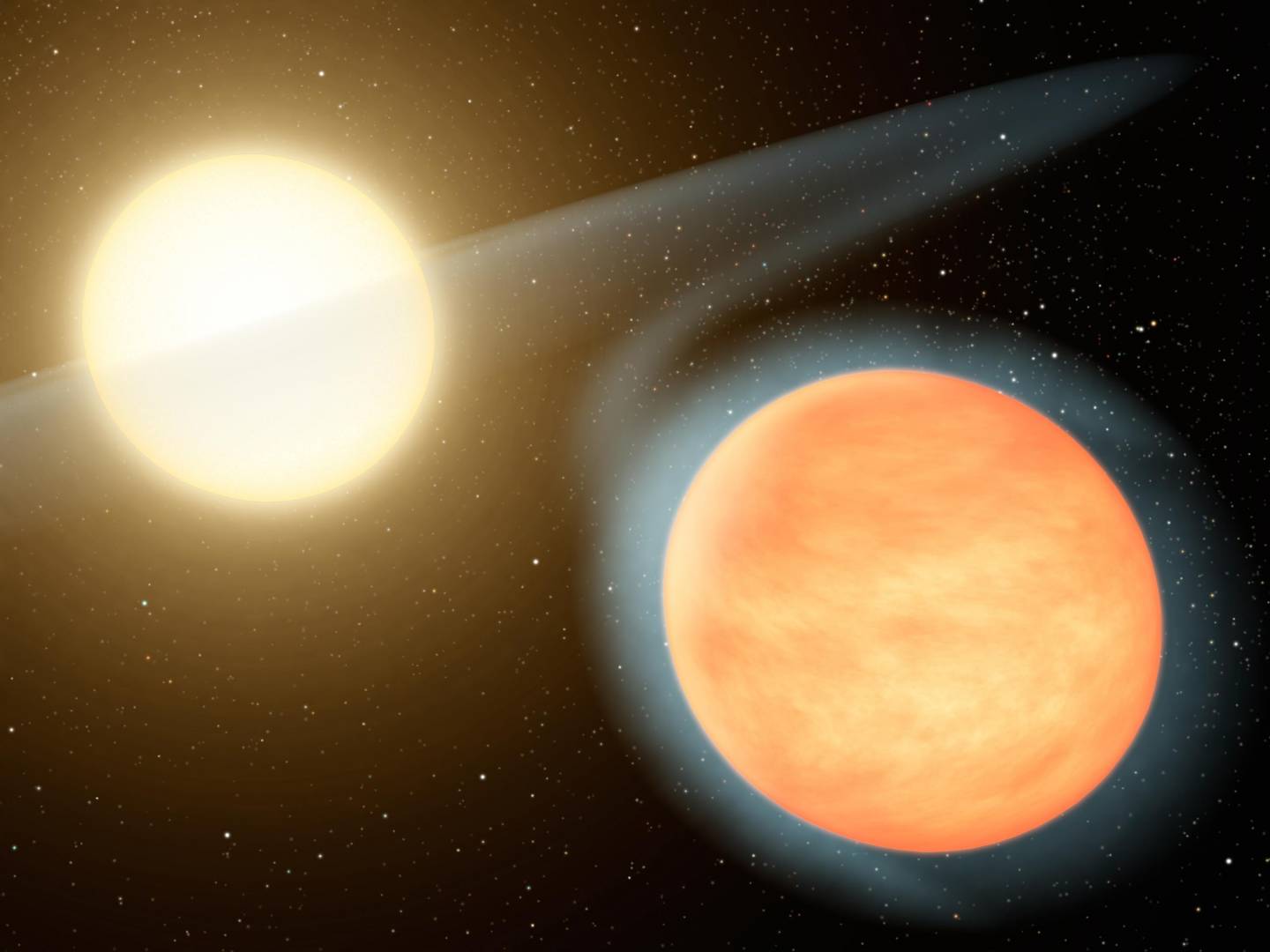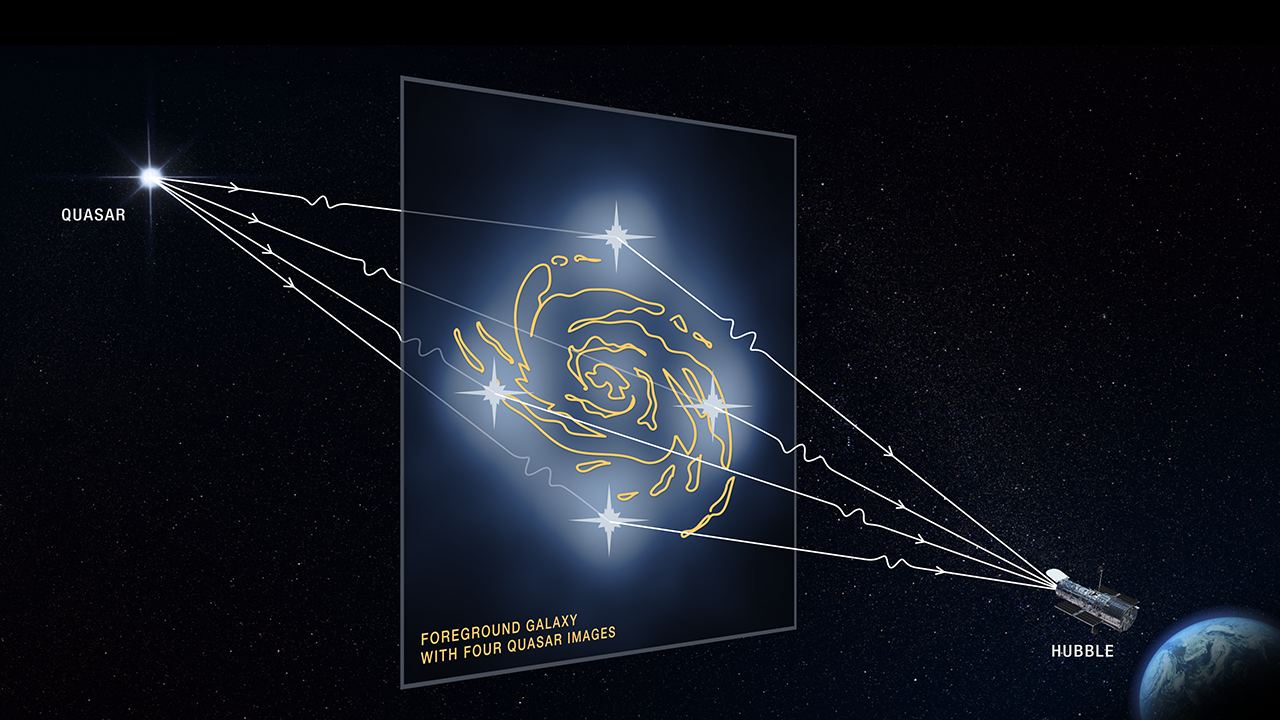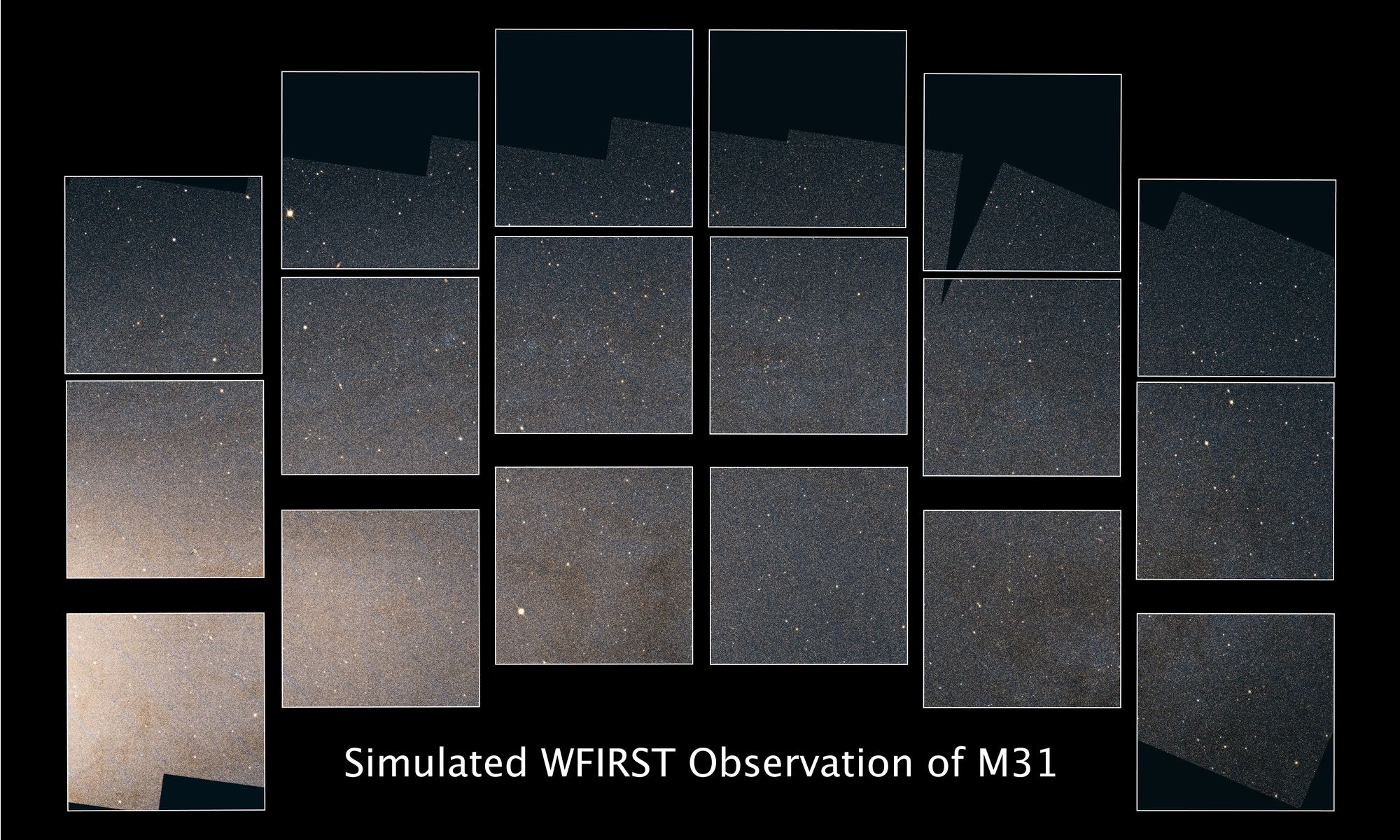As part of their Commercial Crew Development (CCDev) Program, NASA has contracted with aerospace giants like SpaceX and Boeing to provide commercial launch services to the International Space Station (ISS). These services will consist of SpaceX’s Crew Dragon (Dragon 2) and Boeing’s CST-100 Starliner bringing astronauts to orbit in the coming years, effectively restoring domestic launch capability to the US.
To get these spacecraft ready for flight, Boeing and SpaceX have been putting them through rigorous launch tests. Tomorrow morning (Saturday, Jan. 17th), SpaceX will be conducting its final test in preparation for crewed flights. This is the all-important in-flight abort test, which will be live-streamed by NASA TV – will take place at 7:45 AM EST (4:45 AM PST) from Launch Complex 39A in Florida.
Continue reading “Crew Dragon Abort Test is Scheduled for Saturday Morning”
